Explanation of Secondary Data
Secondary data refers to the information that has been collected by someone else for a different purpose than the one at hand. This data can be gathered from various sources such as books, journals, websites, government publications, and other secondary sources. Secondary data is used in research and analysis to support or refute the primary data that has been collected by the researcher.
There are two types of secondary data:
- Internal Secondary Data: This type of data is collected within the organization or institution. It includes sales reports, customer databases, and financial records.
- External Secondary Data: This type of data is collected from sources outside the organization, such as industry reports, government publications, and research reports.
Study Guide for Secondary Data
Here are some key points to focus on when studying secondary data:
- Understand the difference between primary and secondary data.
- Learn about the sources of secondary data, such as government publications, research reports, and industry databases.
- Explore the advantages and disadvantages of using secondary data in research and analysis.
- Understand the process of collecting and analyzing secondary data.
- Learn how to critically evaluate the quality and reliability of secondary data sources.
By understanding these key points, you will be able to effectively utilize secondary data in your research and analysis.
.◂Math Worksheets and Study Guides Seventh Grade. The Pythagorean Theorem
Study Guide The Pythagorean Theorem
The Pythagorean Theorem  Study Guide
Study Guide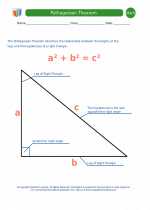 Pythagorean Theorem Definitions
Pythagorean Theorem Definitions  Worksheet/Answer key
Worksheet/Answer key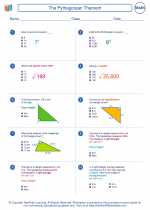 The Pythagorean Theorem
The Pythagorean Theorem  Worksheet/Answer key
Worksheet/Answer key The Pythagorean Theorem
The Pythagorean Theorem  Worksheet/Answer key
Worksheet/Answer key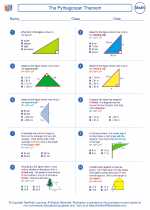 The Pythagorean Theorem
The Pythagorean Theorem  Worksheet/Answer key
Worksheet/Answer key The Pythagorean Theorem
The Pythagorean Theorem  Worksheet/Answer key
Worksheet/Answer key Pythagorean Theorem Distance Problems
Pythagorean Theorem Distance Problems  Worksheet/Answer key
Worksheet/Answer key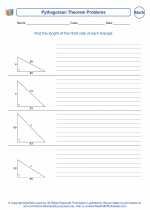 Pythagorean Theorem Problems
Pythagorean Theorem Problems  Worksheet/Answer key
Worksheet/Answer key Pythagorean Theorem Distance Problems
Pythagorean Theorem Distance Problems  Worksheet/Answer key
Worksheet/Answer key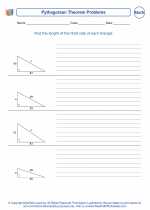 Pythagorean Theorem Problems
Pythagorean Theorem Problems  Worksheet/Answer key
Worksheet/Answer key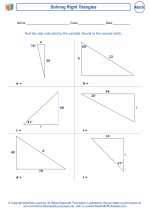 Solving Right Triangles
Solving Right Triangles  Worksheet/Answer key
Worksheet/Answer key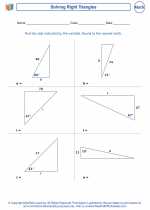 Solving Right Triangles
Solving Right Triangles 

 Study Guide
Study Guide
 Worksheet/Answer key
Worksheet/Answer key
 Worksheet/Answer key
Worksheet/Answer key
 Worksheet/Answer key
Worksheet/Answer key
 Worksheet/Answer key
Worksheet/Answer key
 Worksheet/Answer key
Worksheet/Answer key
 Worksheet/Answer key
Worksheet/Answer key
 Worksheet/Answer key
Worksheet/Answer key
 Worksheet/Answer key
Worksheet/Answer key
 Worksheet/Answer key
Worksheet/Answer key
 Worksheet/Answer key
Worksheet/Answer key

The resources above cover the following skills:
Geometry (NCTM)
Analyze characteristics and properties of two- and three-dimensional geometric shapes and develop mathematical arguments about geometric relationships.
Create and critique inductive and deductive arguments concerning geometric ideas and relationships, such as congruence, similarity, and the Pythagorean relationship.